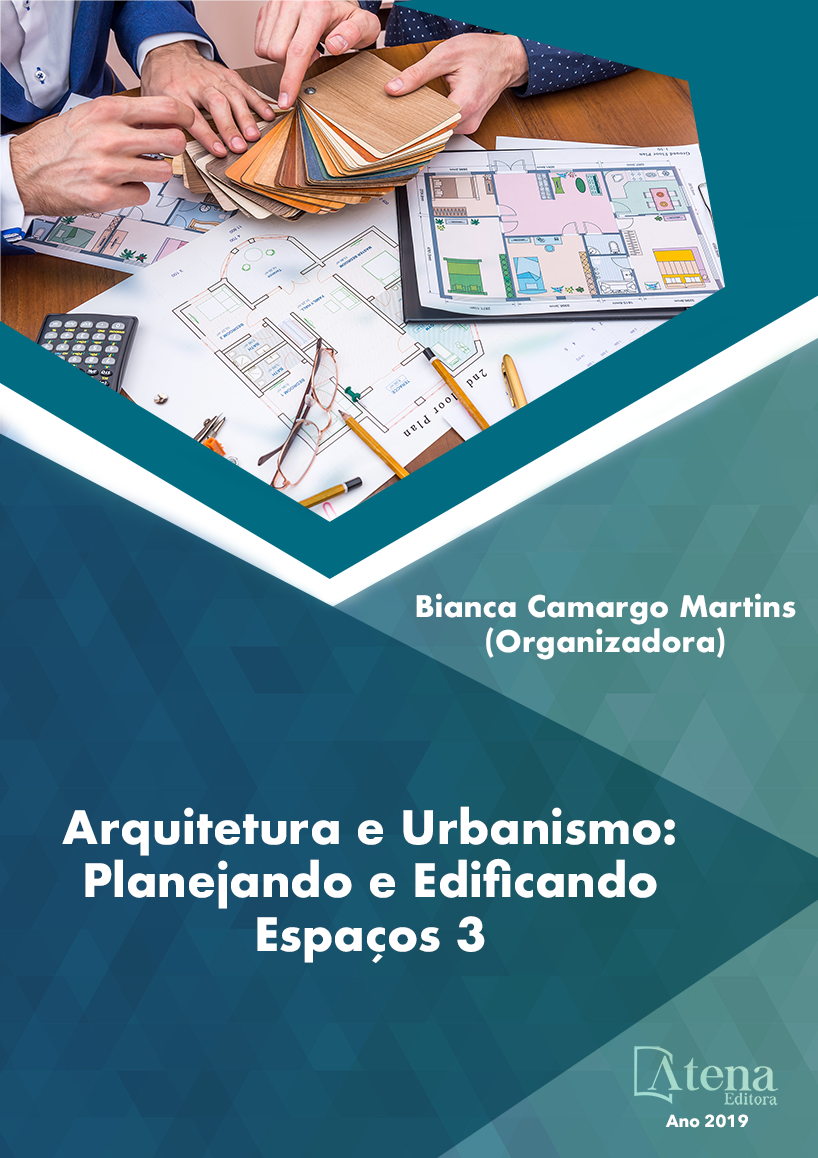
A PAISAGEM DOS IMIGRANTES ITALIANOS EM VERANÓPOLIS – RS - BRASIL.
A partir da década de 1960, a
tendência internacional foi pela ampliação
do conceito de patrimônio, contemplando
não somente o edifício e seu entorno
imediato a ser preservado, como todo o
contexto urbano, inclusive largas extensões
do território, combinando-se a paisagem
natural a seus aspectos culturais. Desta
forma, o presente artigo pretende analisar a
paisagem de comunidades rurais habitadas
por descendentes de imigrantes italianos e
identificar metodologias para diagnóstico da
paisagem cultural de Veranópolis/RS, Brasil.
O artigo parte da premissa que reconhecer
a importância do patrimônio arquitetônico,
étnico, cultural e artístico pode contribuir para
a preservação da memória e identidade das
comunidades. A pesquisa ainda colabora na
compreensão da paisagem e do patrimônio
cultural de imigração italiana e identifica nesta
paisagem os elementos que a caracterizam
como paisagem cultural.
A PAISAGEM DOS IMIGRANTES ITALIANOS EM VERANÓPOLIS – RS - BRASIL.
-
DOI: 10.22533/at.ed.46519191214
-
Palavras-chave: Paisagem Cultural, Patrimônio Cultural, Imigração Italiana
-
Keywords: Cultural Landscape, Cultural Heritage, Italian Immigration.
-
Abstract:
Since the 1960s, the international
trend has been to expand the concept of
heritage, including not only the building and its
immediate surroundings to be preserved, but
also the entire urban context, including large
expanses of territory, combining the natural
landscape with their cultural aspects. In this way,
this article intends to analyze the landscape of
rural communities inhabited by descendants of
Italian immigrants and to identify methodologies
for diagnosis of the cultural landscape of
Veranópolis / RS, Brazil. The article starts from
the premise that recognizing the importance
of architectural, ethnic, cultural and artistic
heritage can contribute to the preservation of
the memory and identity of communities. The
research also collaborates in the understanding
of the landscape and cultural heritage of Italian
immigration and identifies in this landscape the
elements that characterize it as cultural landscape.
-
Número de páginas: 20
- Alina Gonçalves Santiago
- Dirceu Piccinato Junior
- Paula Fogaça


